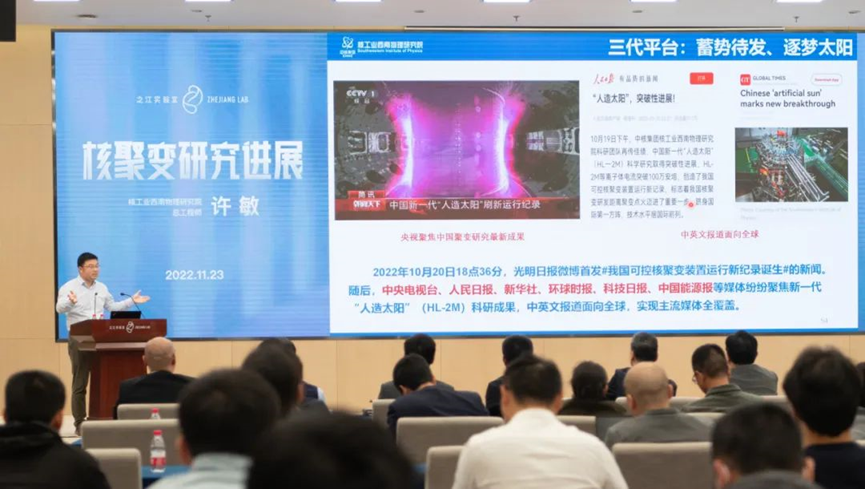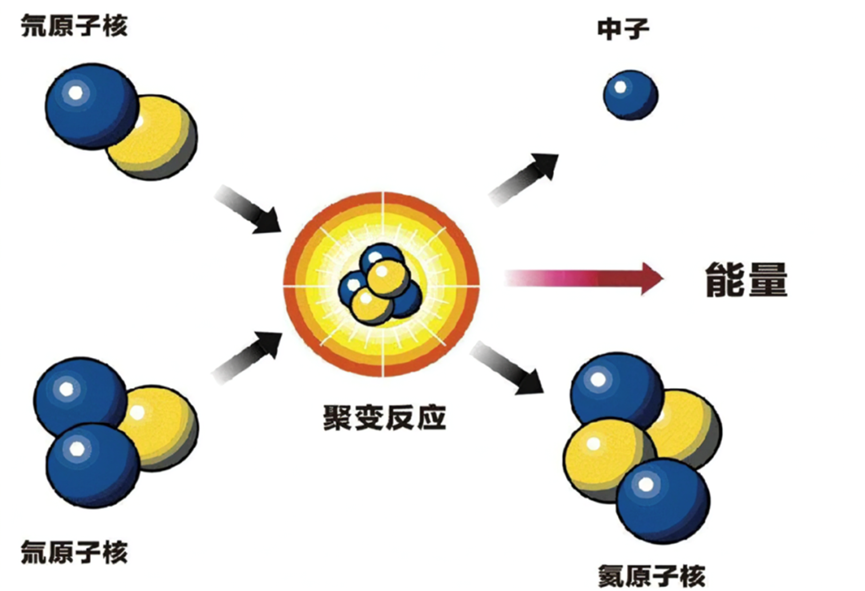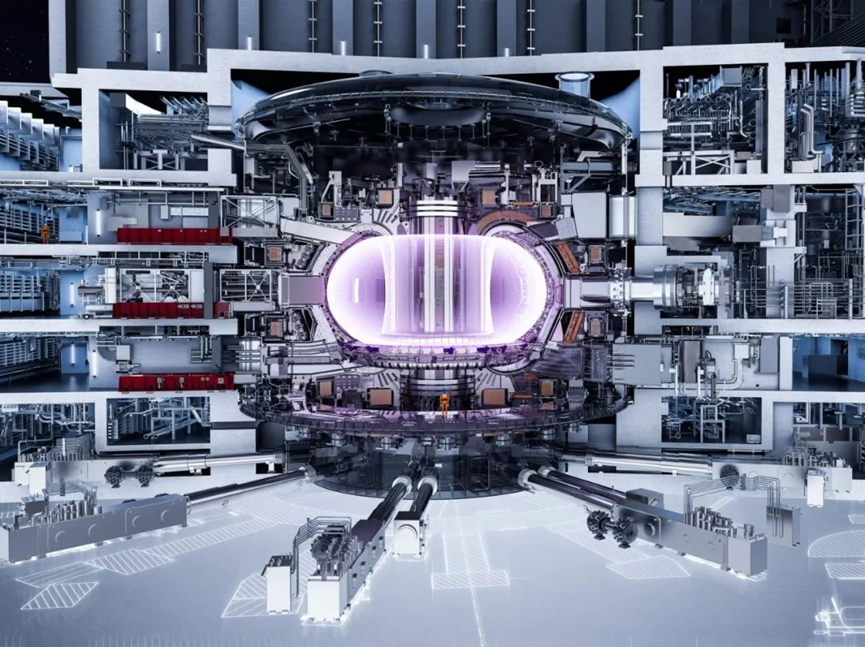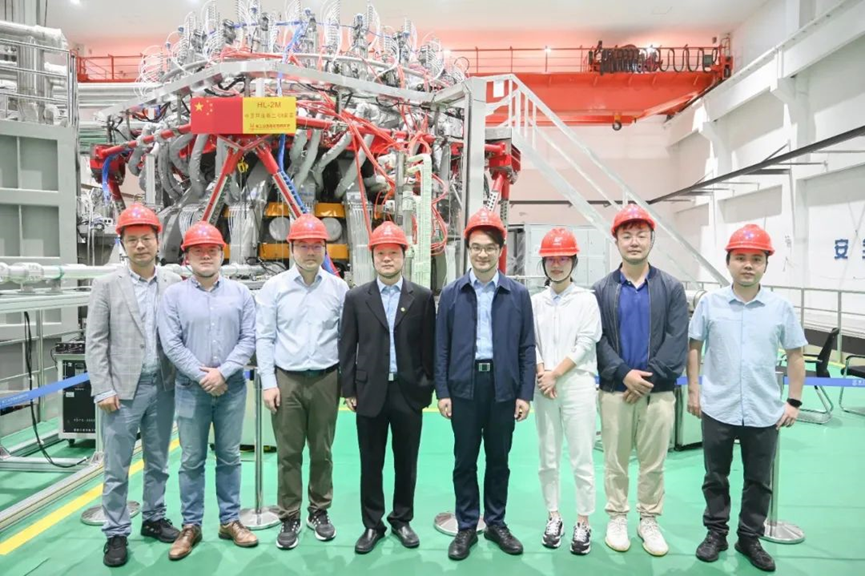


The Sun is essential to all life on Earth. Humans have long recognized the significance of the Sun, with various cultures around the world venerating and seeking the power of the Sun, from the Greek mythology of Apollo to the Chinese myth of Kuafu. As time progressed into the modern era, people dispelled ignorance and finally realized that the power of the Sun originates from nuclear fusion, an extremely microscopic yet immensely energetic reaction.
Thus, the power of the Sun is no longer a mystery, and people are trying to reproduce and harness the power. This research has been in progress since the late 19th century, such as scientific hypotheses and theoretical research, uncontrolled and controlled nuclear fusion experiments, and the International Thermonuclear Experimental Reactor (ITER) project. Humans are turning the dream of "artificial sun" into reality step by step.
The Ultimate Energy Source of the Universe
"Nuclear fusion possesses advantages such as abundant energy sources, high inherent safety, minimal radioactive waste, and environmental friendliness." Last November, XU Min, Chief Engineer of CNNC's Southwestern Institute of Physics (SWIP), said at the lecture on the spirit of scientists at Zhejiang Laboratory (ZJ Lab), "A 1 million kW power station uses about 2 million tons of coal per year, and it will need less than one ton of fuel during a year's operation if fusion energy sources are used." "Nuclear fusion is the ultimate energy source of the universe."

Recently, China's Huanliu-3 (HL-3 or HL-2M), a new-generation tokamak device developed by SWIP, has made significant progress in scientific research, and has successfully operated in high-constraint mode for the first time, with a plasma current of 1 million amperes. This achievement sets a new record for the operation of magnetic confinement fusion devices in China.
"There has long been a joke about controlled nuclear fusion forever being '50 years away'. However, the significant progress made in tokamak plasma control marks an important step towards high-performance fusion plasmas in China's magnetic confinement fusion research," said WEI Yixiong, an Engineering Expert from ZJ Lab.

In fact, scientists have begun studying nuclear fusion long before nuclear fission which is more well-known at present. However, compared with the applications of nuclear fission technology in modern nuclear power plants and nuclear-powered ships, the application of controlled nuclear fusion technology lags significantly behind.
Barriers of Experiments
Ultra-stable state, ultra-high temperature and ultra-high pressure are indispensable to controlled nuclear fusion reactions. "A tokamak uses a doughnut-shaped vacuum chamber (i.e. a torus) and energized coils to generate a stable helical magnetic field for nuclear fusion, in which light elements such as deuterium-tritium, deuterium-deuterium, deuterium-helium or hydrogen-boron exist as plasma. After ultra-high temperature is reached inside the device, the light elements at the microscopic level are fused into new heavier elements by overcoming the Coulomb repulsion between the colliding atomic cores, and vast amounts of energy are released in the process." WEI Yixiong said that the experimental facility, born 70 years ago, is still widely regarded as one of the more promising controlled nuclear fusion devices to produce energy.

Nuclear Fusion Reaction Diagram
The principle is simple, but it is difficult to put it into practice: tokamak can tolerate high temperatures and pressures, and the internal ion temperature can reach over 100 million degrees Celsius; the stable operation of the device requires a ultra-strong magnetic fields for a long confinement time; it is almost impossible to observe experiments directly in a strong magnetic field at high temperature and high pressure; strict experimental requirements, incomplete theoretical simulation foundation and high operating costs further limit the number of controlled nuclear fusion experiments... To fully address these problems, it requires joint efforts of multiple disciplines, such as plasma physics, control science, computer science, materials science, and perception science, and it is not something that can be achieved overnight.


Diagram of Tokamak and Internal Parts
"Perhaps, intelligent computing is the key to achieving innovative breakthroughs in experimental approaches to controlled nuclear fusion." WEI Yixiong and others, who have long been engaged in research on engineering applications in the fields of digital twins and high-performance computing, are trying to find a new path to conduct experimental research on controlled nuclear fusion, following an idea that few people have practiced.
Intelligent Computing and Nuclear Fusion
"The traditional controlled nuclear fusion research model is difficult to meet such experimental requirements as low cost and rapid iteration. It is also difficult to make significant breakthroughs in the short term." WEI Yixiong said, "Based on experimental data from the HL-3, we are developing an intelligent digital tokamak in cooperation with SWIP."

It is understood that the intelligent digital tokamak focuses on three tasks, namely, improving analog computing efficiency, strengthening diagnostics capacity, and solving difficulties in device control. "When nuclear fusion occurs, the temperature can reach hundreds of millions of degrees Celsius at tokamak center, but it may be only a few hundred degrees Celsius at the edge. As a result of such a large energy level transition, complex multi-scale changes take place at macro and micro levels. We need to figure out energy transport mechanisms and equilibrium point control strategies under these complex conditions." WEI Yixiong said, "For example, it takes 117 consecutive days for a single-core CPU to calculate and simulate the characteristics of one-second turbulent transport in tokamak plasmas. Therefore, high-fidelity simulation is just one of the tasks that require higher computational power and algorithms. This also provides a broad stage for intelligent computing." In order to systematically tackle these three tasks, ZJ Lab has brought together young researchers engaged in nuclear physics and plasma physics, reinforcement learning, knowledge engineering, algorithm research and development, systems engineering, control science, and computational power scheduling. Meanwhile, ZJ Lab has carried out extensive cooperation with domestic leading universities and enterprises in related fields to advance the research and development of intelligent digital tokamak.
"We've just begun this process, but have made some progress in efficient simulation-based intelligent algorithms, reinforcement learning control model, event chain cause-effect graphing, inversion and integration of diagnostic systems, software system development, etc., which has been affirmed by SWIP and other partner teams." WEI Yixiong is confident that intelligent computing will enable controlled nuclear fusion. He added that "Intelligent computing has a nature of its own when it comes to solving difficulties in fusion research efficiency. We'll work with our partners to contribute more to advancing the application of controlled nuclear fusion technology."











